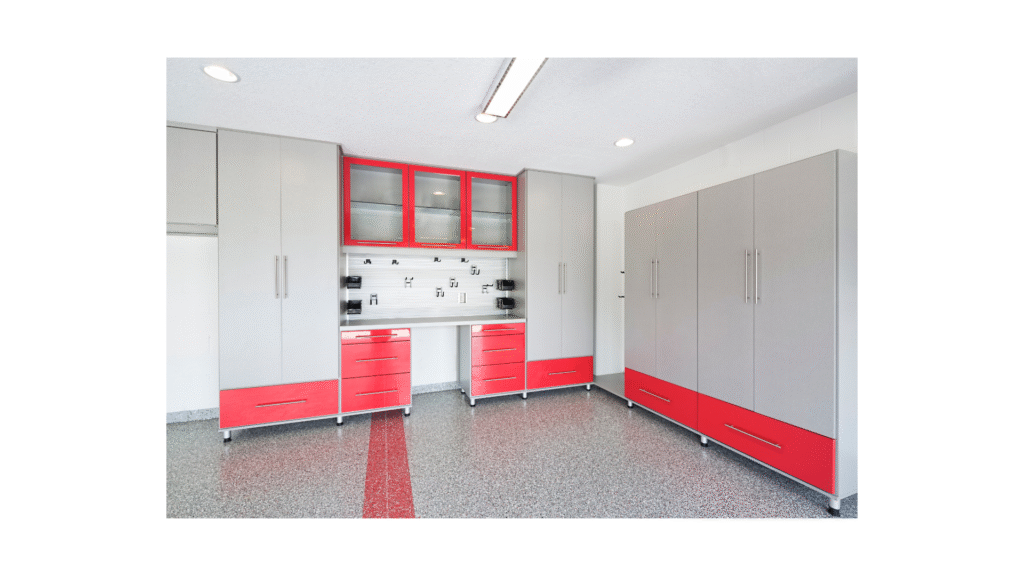
Good tool storage truly transforms how smoothly your garage or workshop runs. If you’re constantly frustrated with misplaced, jumbled, or damaged tools, a custom cabinet design is a smart solution. I’ve tackled a few builds myself and picked up tricks that honestly help keep everything organized and easy to locate. Let’s break down what’s important for designing tool storage cabinets—so they fit your space and actually work with the way you use your tools.
Why Tool Storage Cabinets Are Worth Thinking About
Keeping tools in cabinets comes with plenty of advantages. Designating a home for every tool shaves off the minutes—and headaches—spent searching. Cabinets protect your gear from dust and rust, which really gives them a longer life. You’ll notice clutter is cut back, instantly making every project less stressful. Plus, being able to see your tools when you open cabinet doors helps you keep an up-to-date inventory of what you own.
No matter if it’s a workshop, a basement, or a hobby room, good tool storage brings big benefits. That’s true for a collection of hand tools or a set of bulky power tools. With more people jumping into DIY projects at home, smart storage is only getting more popular each year.
Getting Started: Planning Your Cabinet Layout

Before grabbing lumber or your drill, taking a little time to plan ensures your cabinet system will actually work for you. Here are a few practical steps:
- Inventory Your Tools: Lay everything out and sort tools by category or function. This helps you spot duplicates, track down anything that’s missing, and notice what truly needs a dedicated place.
- Measure Your Space: Use a tape measure to record the wall or surface where you want cabinets to go. Make sure to note anything unusual—like plumbing, outlets, or odd ceiling heights.
- Think About Workflow: Put the items you reach for daily between waist and eye level. Less frequently used gear can be higher, lower, or farther away from your main bench.
- Plan for Growth: If you can, leave a bit of room for adding more shelves or sections. That way, your growing tool stash won’t quickly outgrow your cabinets.
Popular Cabinet Styles and Features
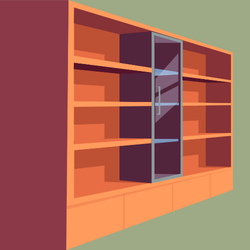
There’s a lot of freedom with cabinet types, and you can pick what fits you best. After trying both custom and off-the-shelf versions, here are some tried and true options:
- Base Cabinets: These sit on the floor, often supporting a countertop or workbench. They shine when it comes to storing heavy, bulky tools and keeping them handy.
- Wall Cabinets: Wall-mounted units free up that precious floor space. They’re great for lightweight tools, boxes of screws, or less used supplies.
- Tall Cabinets: Stretching floor-to-ceiling, these handle awkward or long gear—think brooms, levels, or rolls of extension cord.
- Drawer Units: Drawers make life easier for small and medium hand tools. Add dividers inside to stop everything from rolling together.
Clever features such as pullout shelves, pegboards on cabinet doors, and clear windows help you use space efficiently. They also make it easy to spot what’s inside before opening every door. If security is a concern, locks provide an affordable layer of safety for your high-value equipment.
Design Details That Make a Difference
Little additions and adjustments can upgrade even basic storage. Want some easy ways to give your cabinet system a boost?
- Ventilation: In humid spaces or when storing power tools, vents or slatted doors help air flow and reduce the chance of rust.
- Adjustable Shelving: Shelves that can shift heights are a lifesaver when you add new tools or need to rearrange for different gear sizes.
- HeavyDuty Hardware: Tools aren’t light, so make sure to use sturdy hinges, drawer slides, and shelf brackets for lasting strength.
- Lighting: LED strips or puck lights under cabinets brighten up your workspace and help you spot even tiny items in drawers or bins.
- Cable Management: A charging shelf or compartment with a built-in outlet or USB ports is perfect for battery-operated power tools, keeping everything charged and neat.
Building vs. Buying Cabinets for Tool Storage
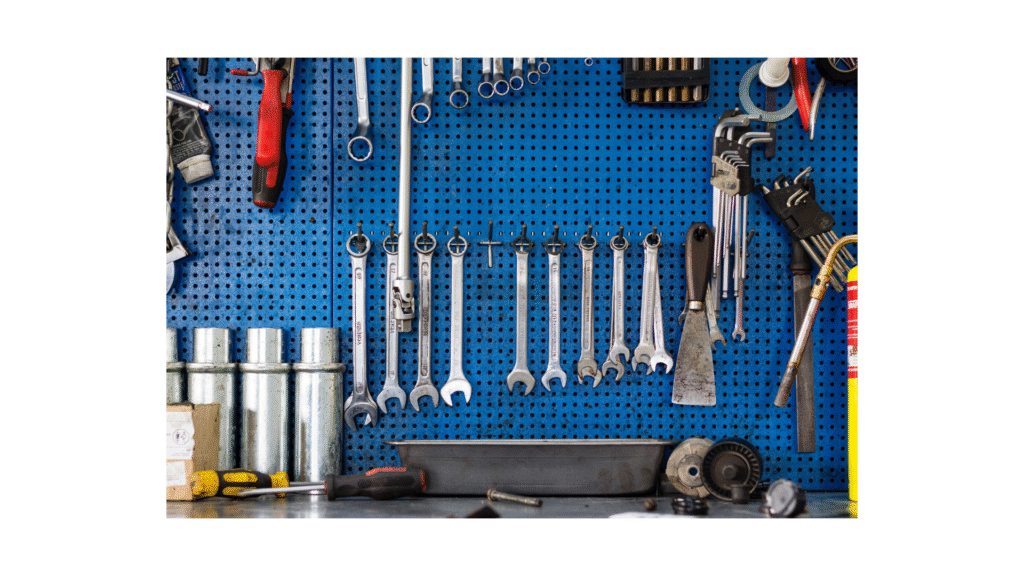
If you love DIY, building your own cabinets saves cash and gives total flexibility. Custom sizing is perfectly fit to your layout and tool collection. Plywood and MDF are budget-friendly yet durable, provided you use weight-rated hardware and reinforce any wide shelves.
If building isn’t your style, ready-made cabinets get your space organized much faster. Modular designs are now popular—swap, add, or rearrange as your needs change. Metal cabinets work great in pro garages, while composite or wood versions are better for home workspaces. Seek models with adjustable shelves and solid drawers as a starting point.
Biggest Challenges in Cabinet Tool Storage (And How to Handle Them)
Even the best cabinets can hit a snag or two. Here’s how I tackle common headaches and smooth the way for a more efficient setup:
- Overloaded Shelves: Packing heavy gear on shelves not built for it leads to sagging or collapse. Use thicker wood or extra cleats to reinforce long runs and always check weight ratings on hardware.
- Finding Small Items: Bits, screws, and wrenches are easy to lose. Small bins, drawer organizers, or magnetic strips help keep them sorted and within reach.
- Dirty or Oily Tools: Messy tools can spread grime if mixed with everything else. Dedicate a wipeable cabinet section, or toss in washable trays, for used or greasy items.
- Limited Space: When square footage is tight, tall slim pullout cabinets, racks on cabinet doors, and even rolling cabinets you can move out of the way add flexibility.
Overloaded Shelves
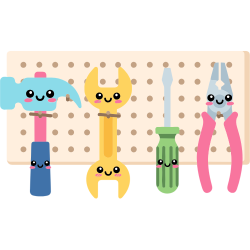
Storing everything on one shelf feels easy at first, but often turns into chaos. Adding cleats or sturdy supports under shelves is key for heavy power tools or parts. If possible, store particularly heavy items on the floor inside an open cabinet base instead of on shelves.
Misplaced Small Tools
It’s way too common for sockets, Allen keys, or bits to vanish in a catch-all drawer. Use marked bins, divided trays, or attach mesh pouches or racks inside cabinet doors—that way, each piece has its own spot and is easy to find fast.
Managing Dust and Moisture
Sealing cabinet door edges or adding weatherstripping helps keep dust outside. If you worry about moisture buildup, stash silica gel pouches or a rechargeable dehumidifier in a cabinet with sensitive gear. Wipe down metal tools and occasionally re-oil to prevent rust.
Keeping Power Tools Charged
Designate a shallow cabinet with an internal power strip and USB ports as a dedicated charging station. Store extra batteries, chargers, and even tool manuals together for a setup that saves time and hassle.
Mixing up cabinet features—even just one or two—can totally change how you work in your space. Small upgrades today make a big impact on tomorrow’s projects.
Handy Tips to Make Your Cabinets Super Useful
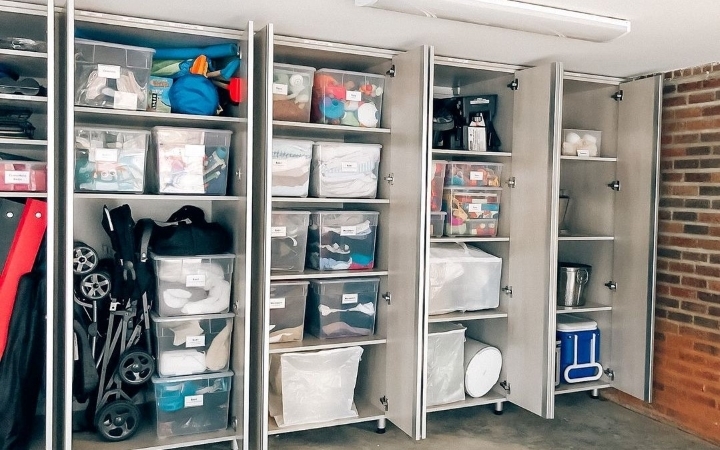
Clever tweaks give your tool storage a serious boost. Here’s what’s made a difference for me and others:
Label Everything: Simple labels or color-coded bins do wonders—friends and family will always know where to return each item. Taking a second to label a spot up front pays off time and again.
Use Vertical Space: Hang hooks, little racks, or pegboards on the inside of doors, or above workbenches, for awkward tools you use all the time. This turns unused wall area into bonus storage.
Keep Everyday Tools at Chest Height: Screwdrivers, pliers, and wrenches go front and center, so you don’t waste effort bending or digging for them every session.
Set Aside a Drawer for Ongoing Projects: Keep tools and small parts for your active job together—no more losing track mid-way or hunting through stacks for what you just used yesterday. It keeps workflow smooth and stress-free.
Think About Safety: If children or guests are ever in your workspace, sharp or dangerous tools stay locked or secured with childproof latches.
Do these things and you’ll see how quickly frustration disappears and how much more fun tackling projects becomes.
Real-World Examples Where Good Tool Cabinets Shine
The best cabinet setups aren’t only about neatness—they make a real, daily difference. Here are a few examples that show what works:
- DIY Garage: Deep drawers, integrated charging stations, and pegboards create a space that makes everything simple to see and put away.
- Small Home Woodshop: Almost all storage is wall-mounted, keeping floor clear for larger builds. Flexible shelving lets you swap in new tools with ease.
- Shared Workshop: Sturdy metal cabinets with keyed locks give each user a secure locker. Bright colors and labels make it easy to avoid mix-ups.
Frequently Asked Questions
Question: How deep should tool storage cabinets be?
Answer: Standard hand tools fit well in cabinets 12 to 18 inches deep; larger power tools or bulky attachments may demand 18 to 24 inches of depth to fit comfortably.
Question: What kind of material works best for tool storage cabinets?
Answer: Plywood is a tried and true favorite—very sturdy and stands up to daily use. Metal is top notch for industrial or heavy equipment. MDF is affordable but always seal it against moisture.
Question: How do I keep my tools from rusting in cabinets?
Answer: Allow good airflow through your cabinets. Use silica gel packs or mini dehumidifiers, plus coat metal tools lightly in oil to help ward off rust and moisture buildup.
Ready to Upgrade Your Tool Storage?
Making a plan for your tool cabinets means smoother projects day in and day out. A little extra effort on the setup side—like planning how you’ll use the space and adding some clever features—equals a spot for every tool and less stress getting set up or cleaning up. Build from scratch or buy modular systems that fit your needs; the best cabinets are the ones that work with your style, project load, and tools you actually use.
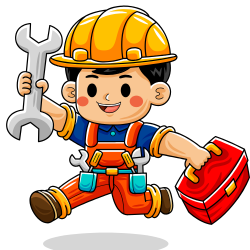
Happiness is finding the right tool, right when you need it!
